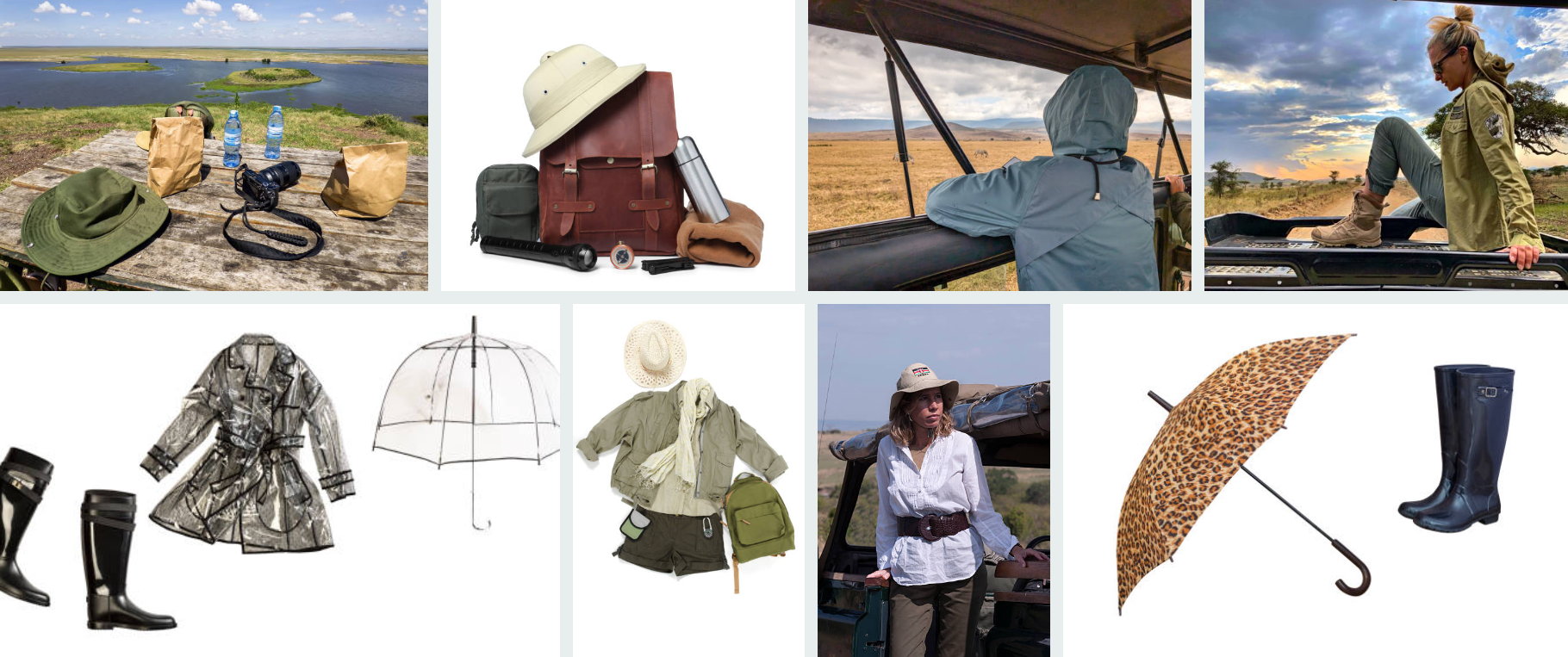What to Pack for a Tanzania Safari in the Green Season
Lightweight Rain-Ready Essentials, A Tanzania safari is a dream adventure, offering breathtaking landscapes, diverse wildlife, and unforgettable experiences. If you’re planning a trip during the green season (also known as the rainy season, typically from November to May), packing requires careful consideration. The green season brings lush vegetation, fewer crowds, and excellent birdwatching opportunities, but it also means dealing with occasional rain showers and muddy conditions.
To ensure you’re fully prepared, this guide covers everything you need to pack for a comfortable, safe, and enjoyable Tanzania safari during the green season.
1. Understanding Tanzania’s Green Season forLightweight Rain-Ready Essentials
Before diving into your packing list, it’s essential to understand what the green season entails:
-
Weather: The green season includes short rains (November–December) and long rains (March–May). Temperatures range from 20°C to 30°C (68°F–86°F), with high humidity.
-
Pros:
-
Lush, photogenic landscapes
-
Fewer tourists and lower prices
-
Excellent birdwatching (migratory birds present)
-
High chances of seeing newborn animals
-
-
Cons:
-
Occasional heavy rain showers
-
Some roads may be muddy or impassable
-
Higher mosquito activity
-
Packing appropriately will help you stay comfortable while making the most of this beautiful season.
2. Essential Clothing for a Lightweight Rain-Ready Essentials
A. Lightweight, Quick-Dry Clothing
-
Moisture-wicking T-shirts & long-sleeved shirts (protect from sun and insects)
-
Convertible hiking pants (zip-off legs for versatility)
-
Lightweight rain jacket or poncho (waterproof and breathable)
-
Light fleece or sweater (cooler mornings and evenings)
-
Safari-style hat with a wide brim (for sun protection)
-
Bandana or scarf (dust and sun protection)

Avoid:
-
Dark colors (attract tsetse flies)
-
Heavy fabrics (take long to dry)
-
Camouflage patterns (illegal in some African countries)
B. Footwear
-
Waterproof hiking boots (for muddy trails)
-
Comfortable sandals (for camps/lodges)
-
Quick-dry socks (merino wool recommended)
C. Swimwear
Some lodges have pools—pack a swimsuit if you plan to relax between game drives.
3. Safari Gear & Accessories
A. Binoculars & Camera Equipment
-
Binoculars (8×42 or 10×42 magnification) – Essential for spotting distant wildlife.
-
DSLR or mirrorless camera with zoom lens (200-400mm ideal)
-
Extra memory cards & batteries (power outlets may be limited)
-
Waterproof camera bag or dry sack (protect from rain and dust)
-
Portable charger/power bank
B. Daypack Essentials
-
Reusable water bottle (stay hydrated; some lodges provide filtered water)
-
Waterproof dry bags (for electronics and documents)
-
Sunglasses with UV protection
-
Headlamp or flashlight (power outages can happen)
C. Rain Protection
-
Compact travel umbrella
-
Waterproof backpack cover
-
Ziploc bags (for phones, passports, etc.)
4. Health & Safety Essentials
A. Malaria Prevention
-
Anti-malarial medication (consult your doctor before travel)
-
DEET-based insect repellent (30-50% concentration)
-
Permethrin-treated clothing (optional but effective)
B. First Aid Kit
-
Basic medications (painkillers, antihistamines, anti-diarrheal)
-
Blister plasters & bandages
-
Hand sanitizer & wet wipes
-
Rehydration salts (in case of dehydration or stomach issues)
C. Sun Protection
-
High-SPF sunscreen (50+)
-
Lip balm with SPF
-
Aloe vera gel (for sunburn relief)
5. Travel Documents & Money
A. Must-Have Documents
-
Passport (valid for 6+ months)
-
Visa (if required; check Tanzania’s e-visa portal)
-
Yellow fever vaccination certificate (if coming from a high-risk country)
-
Travel insurance (covering medical evacuation)
-
Printed flight & safari itinerary
B. Money & Payments
-
USD cash (small bills for tips, $50+ bills should be 2009+ series)
-
Credit/debit card (Visa or Mastercard widely accepted)
-
Money belt or hidden pouch (for security)
Note: ATMs are available in cities, but remote areas rely on cash.
6. Miscellaneous Extras
A. Entertainment for Downtime
-
E-reader or book
-
Travel journal
-
Playing cards or small games
B. Snacks
-
Energy bars or nuts (in case of long game drives)
-
Electrolyte tablets (for hydration)
C. Eco-Friendly Items
-
Reusable straw & cutlery (some camps avoid single-use plastic)
-
Biodegradable toiletries (protect Tanzania’s ecosystems)
7. What NOT to Pack
-
Drones (strict regulations in national parks)
-
Plastic bags (banned in Tanzania)
-
Expensive jewelry (to avoid theft)
-
Heavy suitcases (lightweight duffel bags are better for small planes)
Final Tips for a Lightweight Rain-Ready Essentials
-
Layer Your Clothing – Mornings can be cool, afternoons hot, and evenings rainy.
-
Pack in Soft Duffel Bags – Domestic flights have strict weight limits (usually 15kg).
-
Check Lodge Amenities – Some luxury lodges provide rain gear and toiletries.
-
Stay Flexible – Rain may alter schedules, but wildlife sightings can still be incredible!
Packing for a Tanzania safari in the green season requires balancing rain protection, insect defense, and comfort. With the right gear, you’ll enjoy the lush landscapes, vibrant birdlife, and incredible wildlife without worrying about the weather.
By following this packing guide, you’ll be well-prepared for an unforgettable adventure in one of Africa’s most stunning safari destinations.










